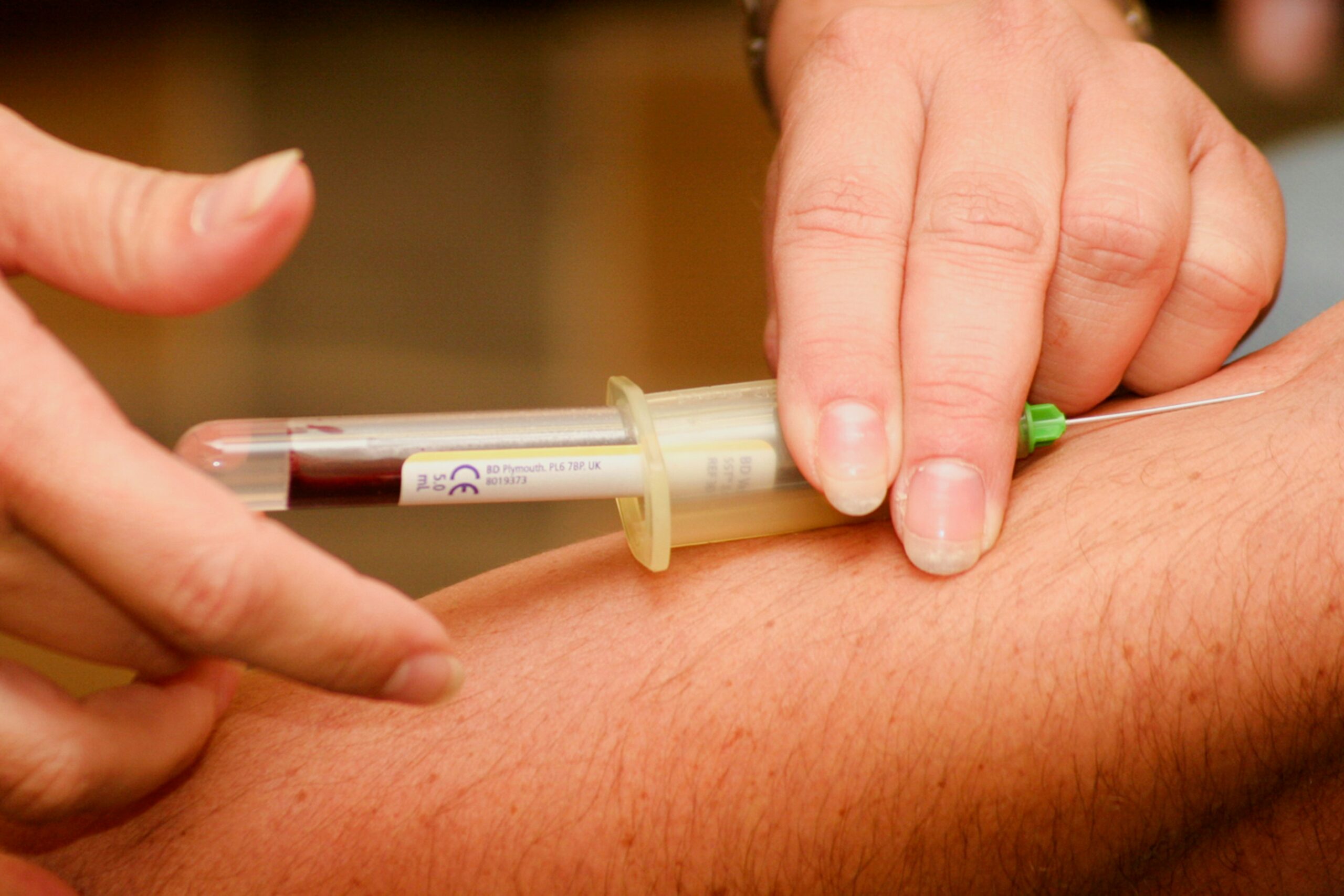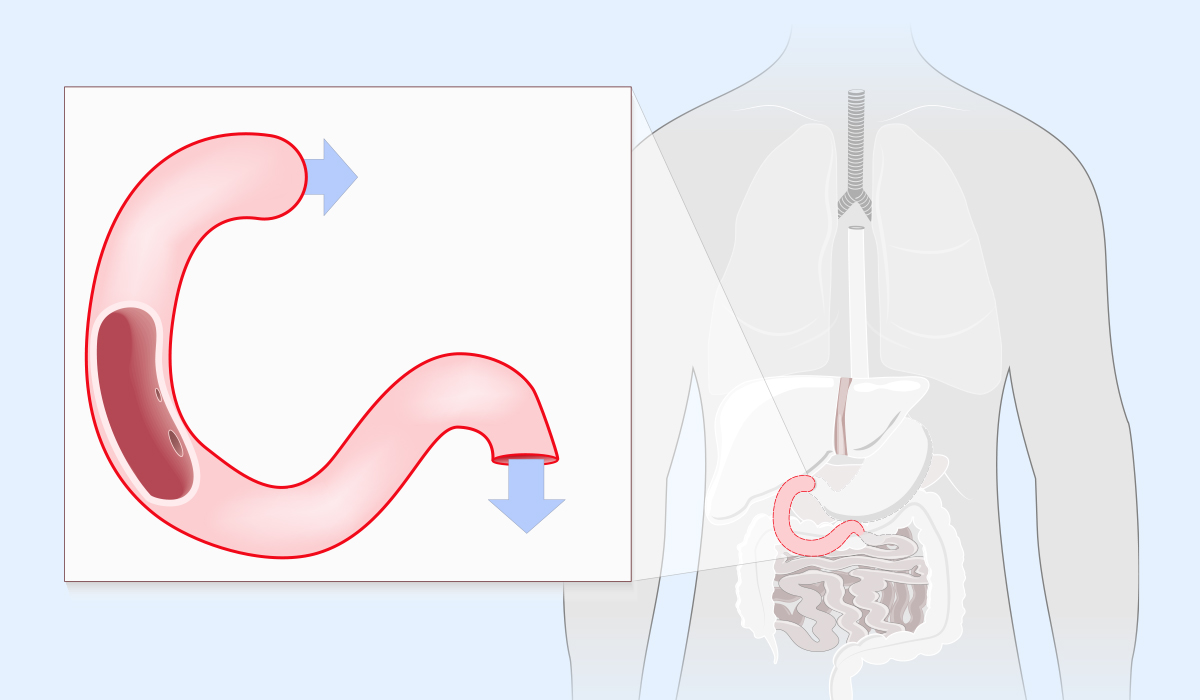Bile is a green-yellow liquid that the liver prepares and stores in the gallbladder. It's key for breaking down and taking up fats in the small intestine. Bile contains bile salts, bilirubin, cholesterol, electrolytes, and water.
Bile salts are notable for making big fat drops smaller, making them more accessible for the organism's lipase enzymes to work on. Bile salts are valuable because they cover the fat and create tiny drops called micelles, making more space for enzymes to work on them.
Therefore, bile is not without importance; it not only aids in breaking down fats but also helps the body absorb vitamins that dissolve in fat, like A, D, E, and K. Bile is also critical for vanishing waste substances such as bilirubin from our system.

Bile is born in a complex network of organs and ducts known as the Biliary System![]() , which acts like a cluster of pipes for digestive liquid.
, which acts like a cluster of pipes for digestive liquid.
The liver is a critical and most significant organ in the body. Within the liver, some cells produce bile, a thick substance that can be either green or brown. Thus, bile isn't a waste product; it's an important digestive factor.
Bile flows into small channels in the liver called bile canaliculi![]() . These canaliculi join together to form bigger pipes and, finally, form the right and left hepatic ducts. Think of it as a branching network that gathers the bile.
. These canaliculi join together to form bigger pipes and, finally, form the right and left hepatic ducts. Think of it as a branching network that gathers the bile.
This part is quite complex but fascinating. A small amount of bile goes directly to the small intestine through a tube known as the common bile duct. However, the bile could also take a different way. The cystic duct may lead some of this fluid into an organ resembling a small pouch called the gallbladder.
The gallbladder banks bile and makes it more concentrated. When you eat food with a lot of fat, it enters your stomach. Then, the gallbladder receives a signal to contract. The thick bile moves to the small intestine through a standard bile duct tube. This powerful bile is decisive for breaking down fats and absorbing them.
Thus said bile is a valuable liquid that travels through the complex network of channels in the biliary system. It starts from the liver, which works like a workshop, and then gets kept in the gallbladder, forming an intriguing design within our bodies.
When you think about bile, you usually do not see it outside your organism. However, if you encounter it during a medical procedure, this liquid appears greenish-brown. Another question is about understanding matters linked to the flow of bile. Signs such as yellowing of the skin, known as jaundice, or pain in the stomach area could suggest dilemmas with how bile works inside the entity. It's best to consult an experienced medical team for a fruit-bearing diagnosis.
Bile is a greenish-brown fluid formed by the liver organ. It's invaluable for breaking down fats in the small intestine. Bile has two primary jobs: it helps fats mix well with water and controls the intestines' conditions.
At first, bile helps to break down fat![]() s. Customarily, fats do not mix effortlessly with water and stick together in the small intestine, which contains a lot of water. The sticking together of the particles makes it daunting for digestive enzymes to access a fat sector that is roomy enough to break it down correctly. Bile has elements called bile salts; they have components that pull in water and other parts that stick to fats. The bile salts wrap around the fat globules and evolve into tiny droplets, increasing the surface room of the fat so that digestive enzymes can work better to split up the fat molecules.
s. Customarily, fats do not mix effortlessly with water and stick together in the small intestine, which contains a lot of water. The sticking together of the particles makes it daunting for digestive enzymes to access a fat sector that is roomy enough to break it down correctly. Bile has elements called bile salts; they have components that pull in water and other parts that stick to fats. The bile salts wrap around the fat globules and evolve into tiny droplets, increasing the surface room of the fat so that digestive enzymes can work better to split up the fat molecules.
Bile is also vital for keeping balance in the intestines. When food that is not fully digested, called chyme, moves from the stomach to the small intestine, it is too acidic because the stomach acids must be counterbalanced. Plenty of enzymes work best in the small intestine when it is not too much acid. Bile also has less acidity and promotes reducing stomach acid, so these enzymes can work better.
Bile has two leading roles when it digests fat: it makes big blobs of fat into smaller pieces so enzymes can work better and influence the surroundings to improve how these enzymes operate. It is key for the handy absorption of fats from our meals and getting energy from what we eat.

The useful fluid called bile, which helps with the digestion of food, may face some problematic matters for mischievous reasons. Some usual dilemmas could interfere with its normal movement:
Several problems can disrupt the flow of bile. If you repeatedly have stomach pain, feel sick a lot, or see differences in your toilet routines, it is expected to talk to a doctor so they can figure out what's wrong and give you a high-quality treatment. Starting soon to take action can help dodge problems and ensure your stomach acid works well for digesting food.
It's valid to follow these points to maintain optimal production and movement of bile, which is decisive for expected digestion:
Remember that this is just basic and mundane advice, and it is better to speak with a medical pro for suggestions that fit well for you. When you stick to these tactics and routines and maintain a potent style of life, your body will manage to make and move bile effectively. It helps your digestion and thus keeps your whole body healthy.

Miscellaneous features can bring about a more likely threat for a person to have health issues with their bile, which can happen due to these main reasons:
If you encounter these risk features in your case, it's not guaranteed that you will have problems with bile. But paying attention to them and discussing them with your doctor makes sense. They can give advice tailored to you and watch for possible worries. It's important to understand that finding and fixing problems fast is crucial for keeping the gallbladder healthy and ensuring bile moves correctly.
Doctors have different ways of determining the cause when bile flow is incorrect. We will explain shortly how they measure these matters.
Recognizing your challenges is useful. It would be best if you began by fully sharing your emotional experiences. Medical team members will inquire about pain in the stomach, particularly on the upper right side, sensations of nausea or vomiting, elevated body temperature, and changes in stool color.
When the doctor presses down on the belly sector, it can give us clues. Pain or a hard bump in the upper right side could indicate a swollen gallbladder.
Blood tests are vital as they show whether the liver works appropriately. If there is too much bilirubin![]() or too many enzymes in the liver, it might mean there is an issue with how bile moves.
or too many enzymes in the liver, it might mean there is an issue with how bile moves.
Doctors apply various techniques to capture images to understand the issue more clearly. One tactic is painless ultrasound, which employs sound waves to produce pictures of internal parts such as the gallbladder and bile ducts. Doctors use it to check for stones in the gallbladder or blockages. A CT scan provides clear pictures of what's inside the belly using X-rays. Sometimes, for an even clearer picture, an MRI scan is performed using magnetic fields.

When bile flow is incorrect, specialist staff have several tactics to repair it. They choose a strategy based on what is causing the issue. Here's a look at some common treatment strategies:
Cholecystectomy is a significant operation to remove the gallbladder. It's often done to help with gallstone pain or other similar problems. The positive aspect is that the body can continue to operate effectively without a gallbladder, though it may require some changes in the diet.
Laparoscopic surgery is a less intense method for taking out the gallbladder. It uses minor cuts and fine tools, resulting in faster healing time.
Endoscopic retrograde cholangiopancreatograph![]() y, or ERCP for short, is a medical procedure. In this process, doctors combine a long flexible tube with a light called an endoscope with X-ray imaging. This helps the medical team examine the bile ducts closely and remove gallstones or place small tubes known as stents to keep these ducts clear if there are any blockages.
y, or ERCP for short, is a medical procedure. In this process, doctors combine a long flexible tube with a light called an endoscope with X-ray imaging. This helps the medical team examine the bile ducts closely and remove gallstones or place small tubes known as stents to keep these ducts clear if there are any blockages.
If there are problems with bile, taking medicine might help. Doctors could give antibiotics if there is an infection. Medications can help dissolve gallstones in specific situations, although this isn't a common approach.
Modifying your diet routine is also important to manage problems related to bile. Eating less harmful fats, cholesterol, and refined sugars while eating more fiber helps keep bile moving properly and might stop these issues from returning.
Remember that the most effective treatment depends on what exactly is found by the diagnosis. It's valid to identify bile-related problems as soon as possible and start curing them quickly. When you see signs that might suggest a problem with your bile, you must first talk to a doctor. This medical professional will perform the needed tests to determine what's wrong and advise the proper treatment to improve your bile flow.
Bile is a green and brown liquid crafted by the liver organ to help dissolve fats in the small intestine and bank them in the gallbladder. Bile salts are vital parts of bile; they strain to make big fat pieces smaller so digestion and absorption become simpler. Moreover, bile makes stomach acid less intense when it goes into the small intestine, so digestive enzymes can do their job more efficiently.
Miscellaneous features can halt the flow of bile, like gallbladder stones, swelling, liver harm from cirrhosis, infections in the bile ducts, and a condition called Sclerosing Cholangitis. Customarily, these factors lead to pain in the top right part of the stomach sector, feeling sick to your stomach, throwing up, and not optimal body temperature.
Likewise, a plethora of various components can make it more likely for you to have issues with your bile, such as being a specific gender, getting older, if your family has had the same problems before, how much you weigh, what food you eat, losing weight very quickly, and some health conditions.
If you spot signs that could point to a dilemma with your bile, it's expected to consult an expert so they can diagnose the problem and provide high-quality care. Possible interventions for bile-related issues involve surgical interventions, medication intake, or modifications in daily routines.
Table of Contents

The gallbladder performs very important functions in the human body. Problems with its functioning can lead to diseases. Learn about… read more »

Gallstones are deposits. They are formed in the gallbladder due to the precipitation of bile components. What symptoms do they… read more »

Gallbladder removal is necessary in some cases. Learn about common symptoms of bile duct problems, indications and contraindications to surgery. read more »

Cholecystitis is a medical term used to describe gallbladder inflammation. Often called acute cholecystitis by specialists, it is a condition… read more »

The liver is part of the digestive system. It performs over 500 functions in the body. It is impossible to… read more »

Pancreatitis is an inflammation of the pancreas. It usually presents itself with abdominal pain and can be extremely dangerous. What… read more »

The duodenum is an important organ with useful functions. Find out how to recognize duodenal problems that herald disease. Learn… read more »

Jaundice is a disease symptom that involves yellowing of the skin, mucous membranes and sclera. What are its causes? How… read more »

A gastroenterologist deals with the diagnosis and treatment of diseases of the human digestive system. What does a visit to… read more »